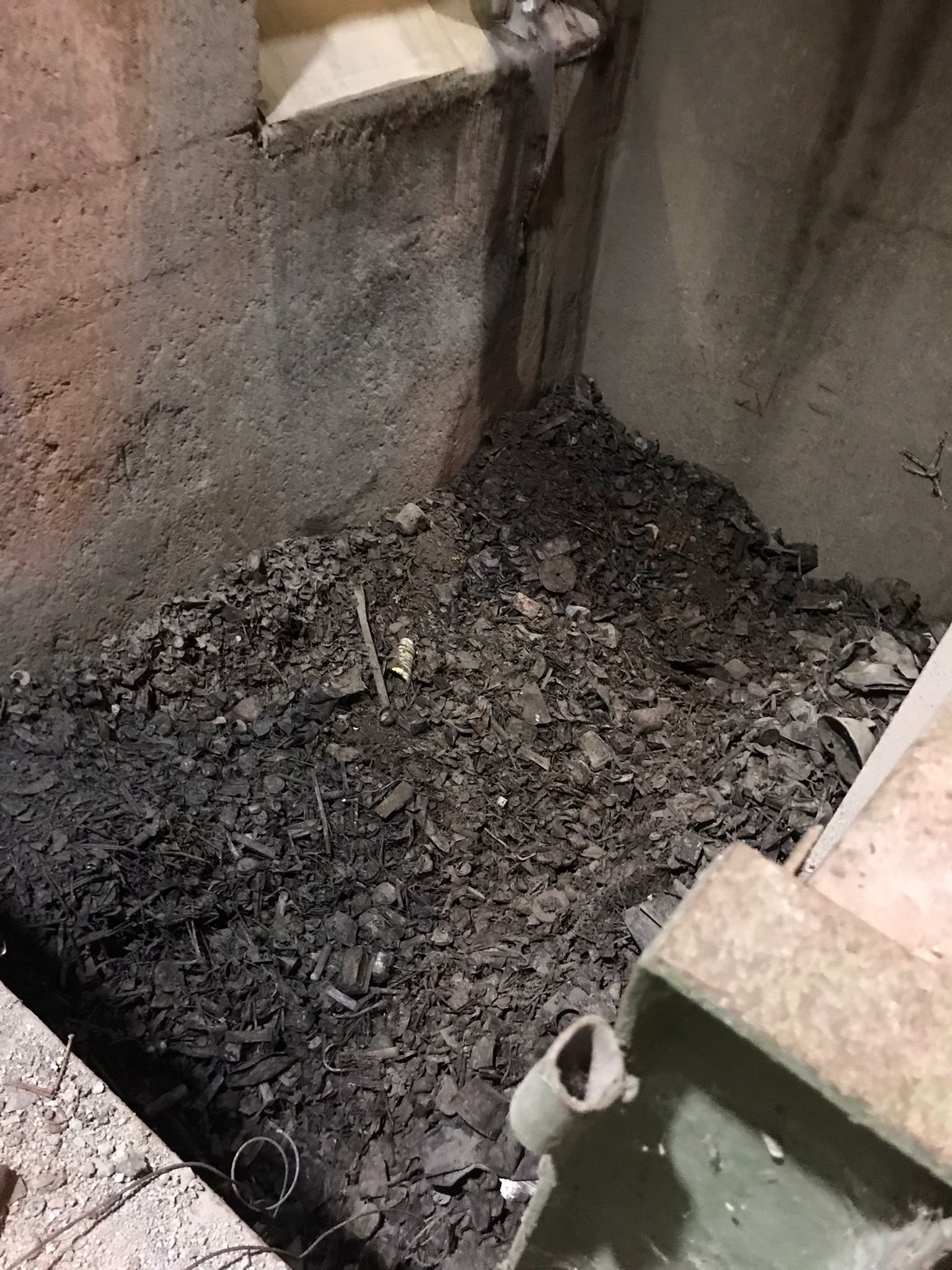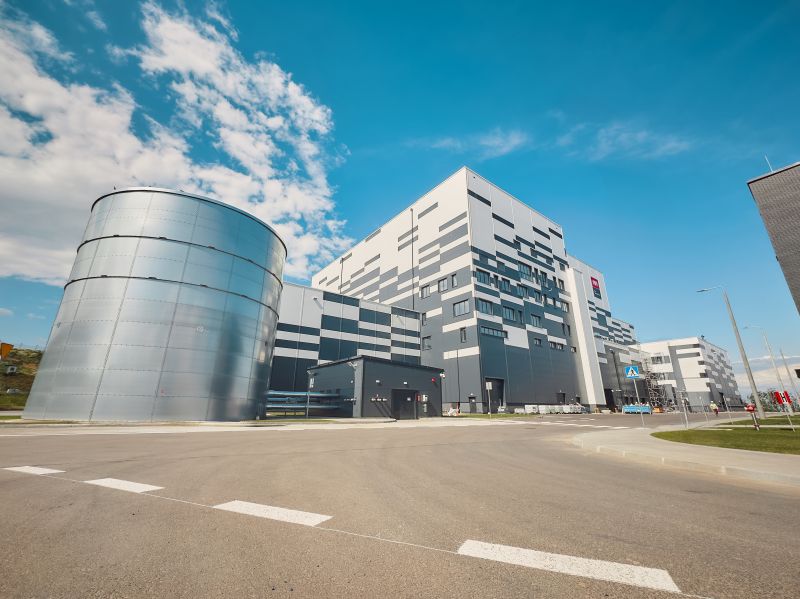The Role of Materials From Waste in the Green Transition
Secondary raw materials will play a key role in the energy transition, including materials coming from waste.

The supply of sustainable raw materials, especially critical raw materials, now finally occupies a key policy position in the European Union’s green transition, launched by the announcing of the Green Deal in 2019. The manufacturing of solar PV panels, wind turbine blades or batteries requires larger amounts of metals and rare earth elements, but these materials can have significant impacts on the environment and human health. For example, the high level of environmental and social damage of current mining practices. In third countries where most of those materials can be found (such as cobalt), a lack of regulation and protection puts workers at risk of accidents and exposure to toxic chemicals. Moreover, mining requires a lot of energy and resources.
As such, more emphasis needs to be put on materials that can be extracted in Europe, under strict environmental and social regulations, and particularly secondary materials. The re-use and recycling of metals and other key components not only contributes greatly to saving GHG emissions, but discarded material that cannot be reused or recycled can also still represent a valuable resource.
Waste-to-Energy represents a sustainable recovery solution for non-recyclable waste by producing heat and electricity, as well as its lesser-known technological capabilities. For example, IBA recovery. The main solid residues of the combustion process, called ‘Incineration bottom ash’ (IBA), is composed largely of minerals, but also ferrous and non-ferrous metals such as aluminium, copper, gold, etc.
 Bruxelles Energie WtE Plant (Belgium)
Bruxelles Energie WtE Plant (Belgium)
While most of the materials recovered from IBA are not classified as “critical”, they still have a significant role to play in the energy transition, and represent important GHG emissions savings. The recovery of metals alone saves about 60kg of CO2eq per tonne of waste treated. Aside from metals, minerals also contribute to the circular economy, and are utilised in many EU countries. Indeed, bottom ash is used to manufacture noise reduction barriers, as building aggregates, or even in some specific instances to make glass. The glass produced is subsequently processed as glass-ceramics material for the construction sector.
Critical raw materials, but also non-critical raw materials, will be essential to the success of the green transition. Materials recovered from waste have the ability to play a key role in helping to overcome the challenges we face in this transition and as such should not be overlooked. Therefore, it is necessary to recognise the role of the Waste-to-Energy sector in the circular economy, and address the untapped potential of EU supply by facilitating the use of materials from waste streams, including non-recyclable waste.
Other news

Why Waste-to-Energy Matters
24.06.2025Beauty is in the eye of the beholder, and Johan Böni gives the ol’ saying new meaning when he describes…

Carbon removal market opens new horizons for WtE sector
04.04.2025Waste-to-Energy (WtE) is joining the carbon removal market, in a major milestone for the sector. Hafslund Oslo Celsio, one of…

EU funding supports new WtE plant in Gdańsk
04.04.2025The European Commission co-financed the construction of a cutting-edge Waste-to-Energy (WtE) facility in Gdansk. Started in 2020, was inaugurated on…